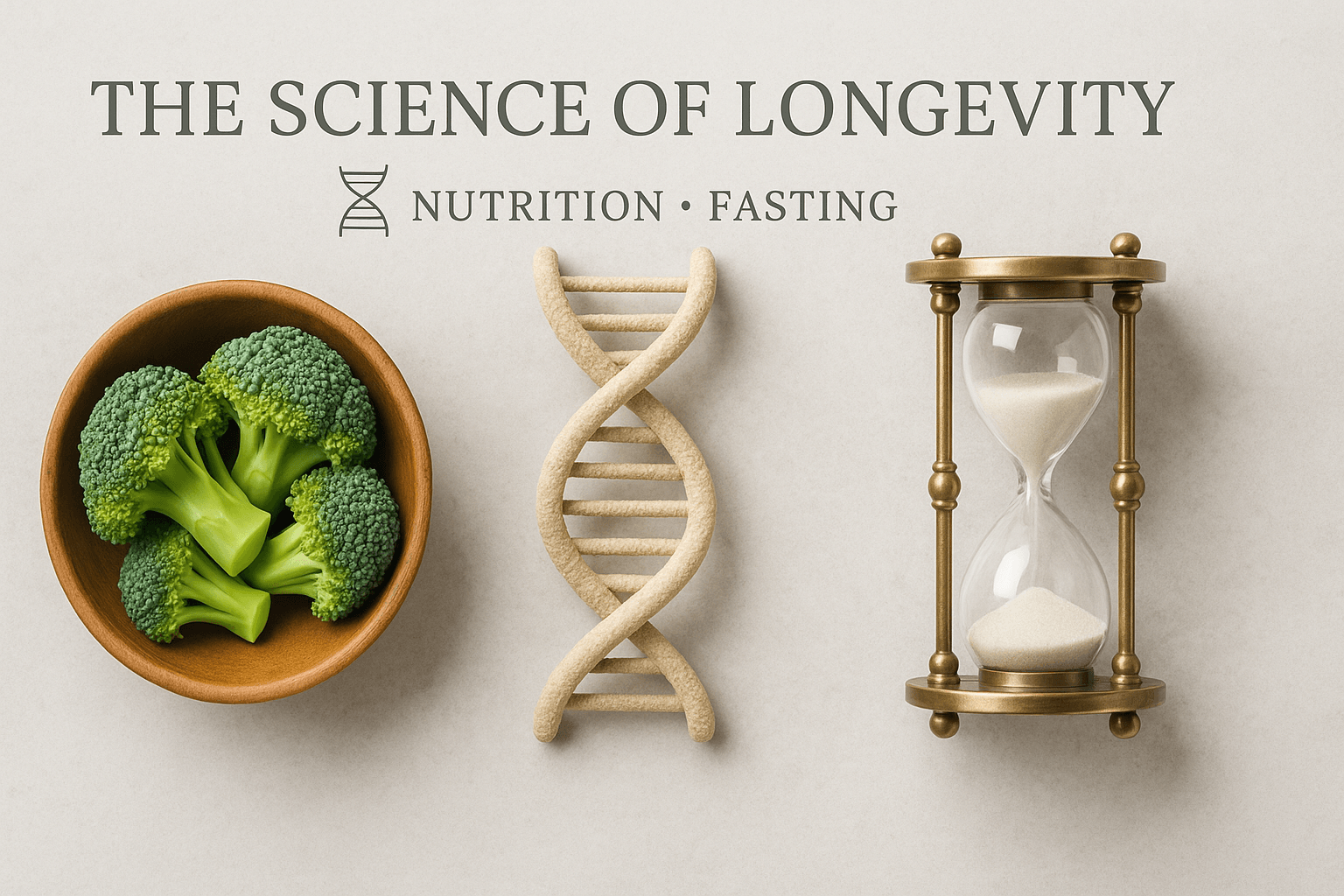The Psychology of Eating: Why We Know What to Do But Don’t Do It (And How to Change That)
Published on May 29, 2025

Let’s face it: most people don’t need more nutrition facts. We already know vegetables are good, hydration matters, and processed food should be limited. Yet somehow, knowing doesn’t always lead to doing.
Why is it so hard to follow through on good intentions?
Because food is not just fuel — it’s emotion, memory, comfort, celebration, stress relief, identity. Eating is never just about what’s on the plate; it’s about everything under it.
This guide dives into the psychology behind eating — not diet hacks, but the real reasons behavior doesn’t match intention, and how to change that.
The Modern Diet: Too Much, Too Many, Too Often Our biology is ancient, but our food environment is new. We evolved to crave calorie-dense food because it was rare and necessary. Today, those foods are cheap, convenient, and everywhere.
This mismatch leads to:
Cravings driven by dopamine, not hunger
Difficulty stopping (thanks, bliss point)
Eating out of habit, not need
Willpower alone won’t win — we need to reshape the environment.
When Food Becomes Emotional Soothing Food is one of the earliest emotional regulators we learn.
Sad? Ice cream.
Celebrating? Cake.
Stressed? Pizza night.
Food becomes a way to self-soothe, distract, or numb. Common emotional triggers include:
Anxiety or overwhelm
Loneliness or boredom
Shame, guilt, grief
Desire for reward or escape
We don’t need to eliminate emotional eating — we need more tools in our emotional toolkit.
Habits, Cues, and the Automatic Brain Most food decisions happen on autopilot. Patterns drive behavior.
Example: If you always snack during Netflix, your brain links the couch with crunchy comfort — not hunger.
To change a habit:
Identify the cue (time, place, emotion, action)
Replace the behavior (tea instead of popcorn)
Preserve the benefit (comfort, pause, sensory pleasure)
Small shifts in context = big wins over time.
The Motivation Myth Waiting to “feel like it”? That’s the trap. Motivation follows action — not the other way around.
Instead:
Use structure: plan meals, prep in advance, automate choices
Add friction: don’t bring junk food home
Reduce choices: simplify to a few good options
Stack habits: “After I make coffee, I prep breakfast”
Discipline isn’t effort — it’s design.
Identity-Based Change We act according to who we believe we are. If your inner script says “I love junk food” or “I have no self-control,” your brain will try to prove it.
Rewrite the script:
Start small: “I’m the kind of person who preps veggies”
Reinforce it: say it out loud, track your wins
Notice your patterns — and how you respond to them
You’re not faking it. You’re rehearsing a new identity until it sticks.
Real-World Tools That Help Rather than brute-forcing your willpower, use smart supports.
Examples:
Meal templates: rotate 3–5 favorite meals
Planned indulgence: treats by design, not impulse
Visual cues: fruit bowl on the counter, not cookies
Social support: buddy meals or community chats
Mindful pauses: “What do I really feel right now?”
These aren’t hacks — they’re scaffolds that match how your brain really works.
Mindful Eating: Rebuilding Internal Awareness Mindful eating helps restore your connection to hunger, fullness, and satisfaction.
What it looks like:
No screens while eating
Pause before your first bite
Eat slowly, notice taste and texture
Check in halfway: Am I still hungry?
Stop when satisfied, not stuffed
It’s not about eating perfectly — it’s about eating presently.
Over time, this awareness rebuilds body trust and reduces overeating.
Social Triggers and Eating Behavior One of the strongest influences on how we eat? Other people.
We eat because others are eating. We match their pace, their choices, their portions. It’s not weakness — it’s human.
Common social triggers:
Work meetings with food
Friends who eat quickly or heavily
Parties where eating = belonging
Family dinners shaped by tradition
Ways to stay grounded:
Set intentions before the event
Serve yourself when possible
Focus on people, not just plates
Plan ahead for alcohol or dessert
You don’t have to be perfect — just connected to your true wants.
Information Overload and the Paralysis Problem We live in a time of constant advice — and conflicting rules.
Carbs are bad.
No, fats are bad.
Fast! No, eat six times a day.
Raw is better! No, cooked!
This noise creates confusion and guilt, often leading to:
Constantly changing plans
Feeling like you’re always doing it wrong
Shutting down entirely
Instead:
Pick a few trusted sources
Try one consistent approach at a time
Focus on long-term patterns, not extremes
Be open to trial and learning
Less noise. More clarity.
Closing Thoughts: Progress Over Perfection Changing how you eat means changing how you live — slowly, sustainably.
There will be hard days. Emotional days. Days you eat without thinking. That’s normal.
What matters is not perfection, but awareness with compassion.
Start small. Use structure to guide you. Don’t wait for motivation — build momentum.
Treat every meal as a chance to practice. To recommit. To feel better — in body, mind, and life.
That’s how real change begins.








